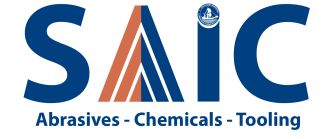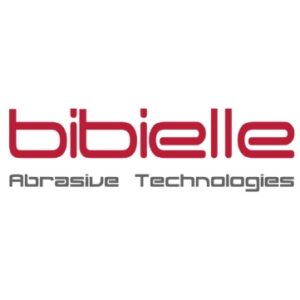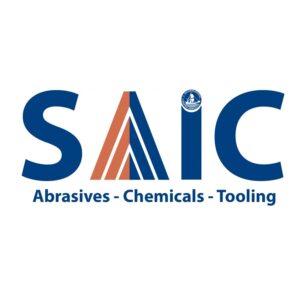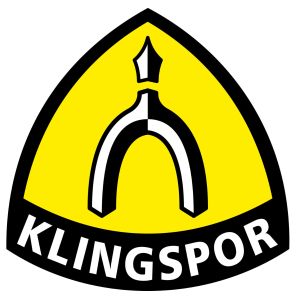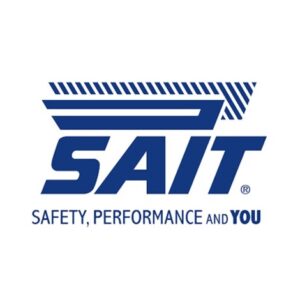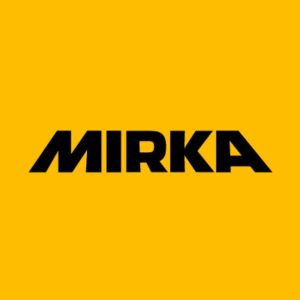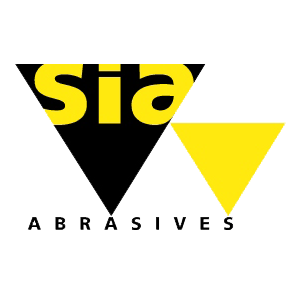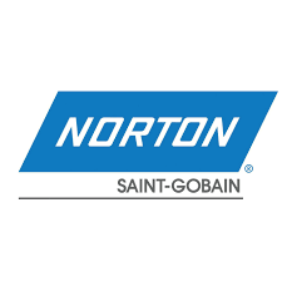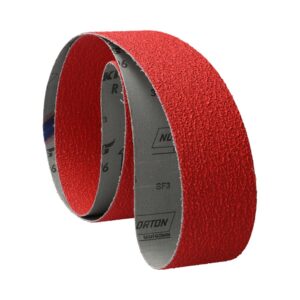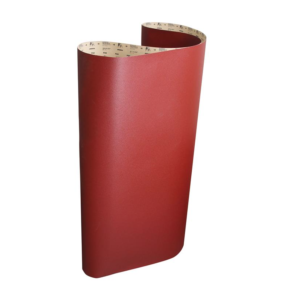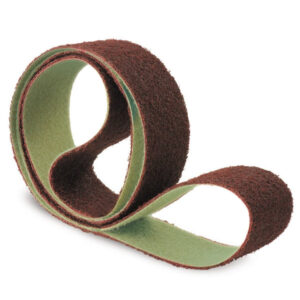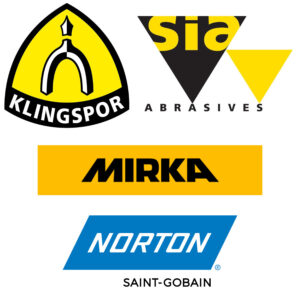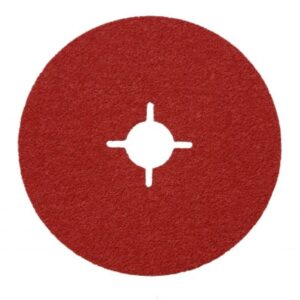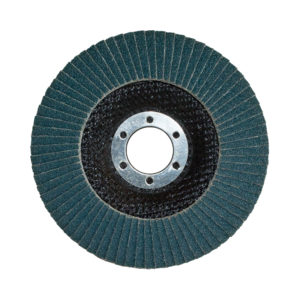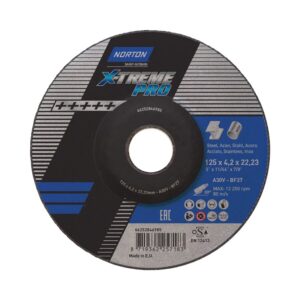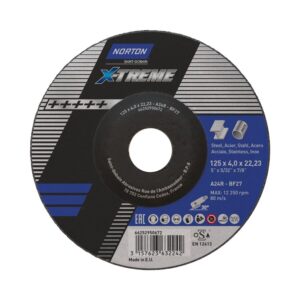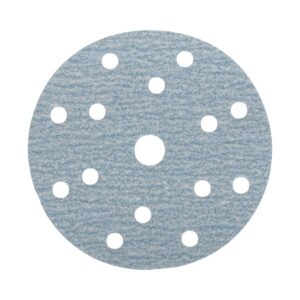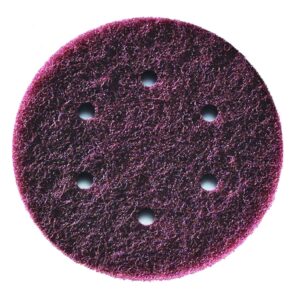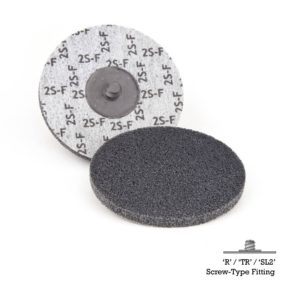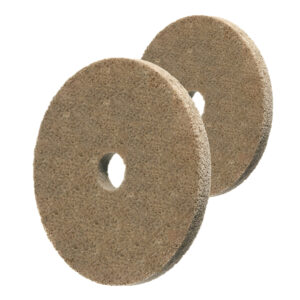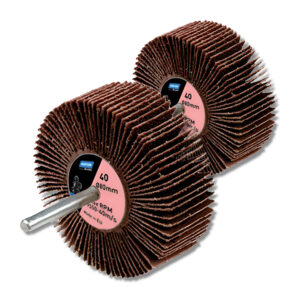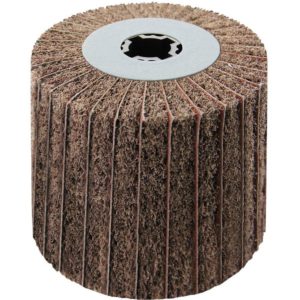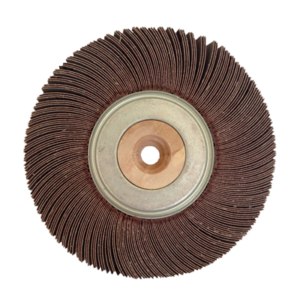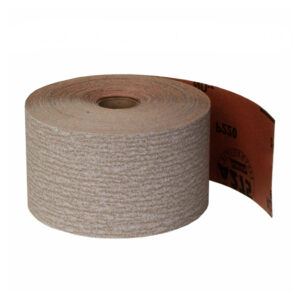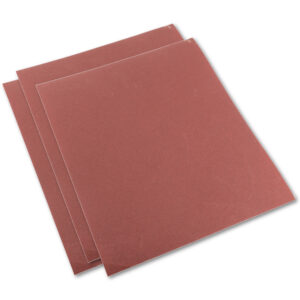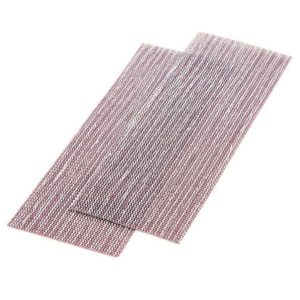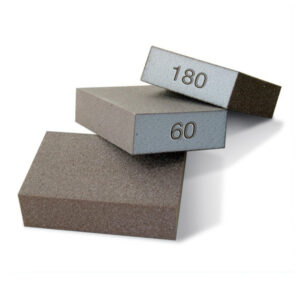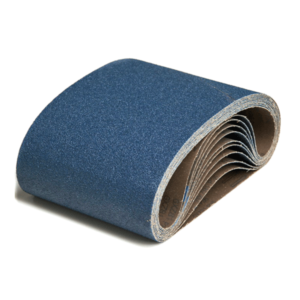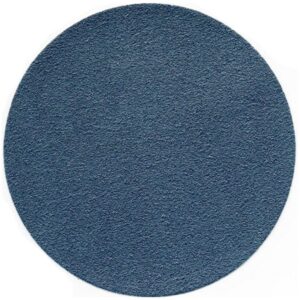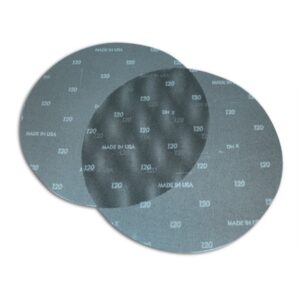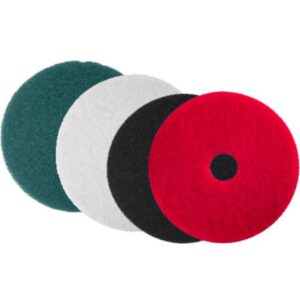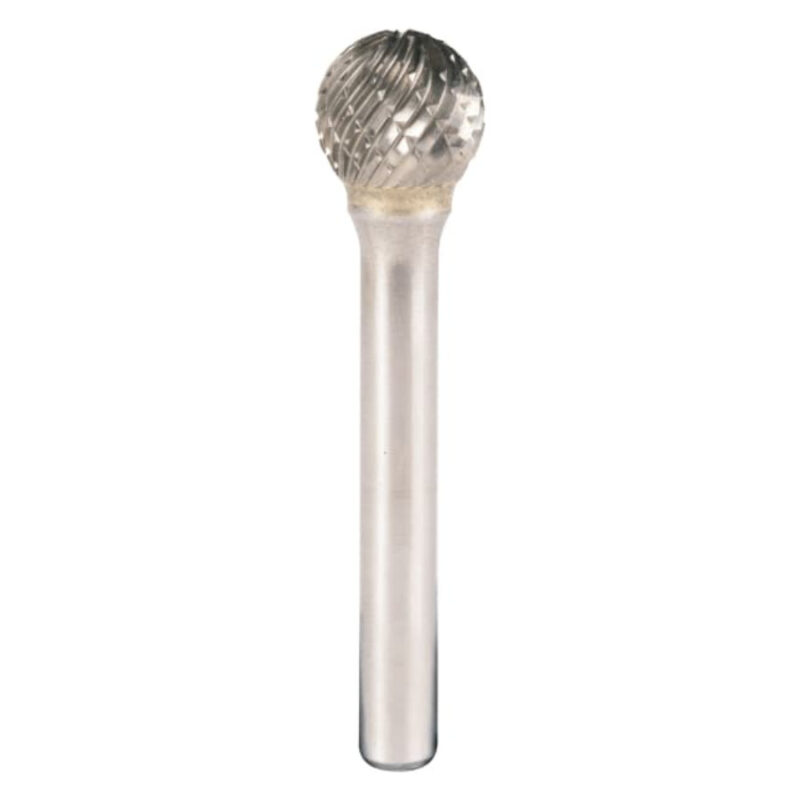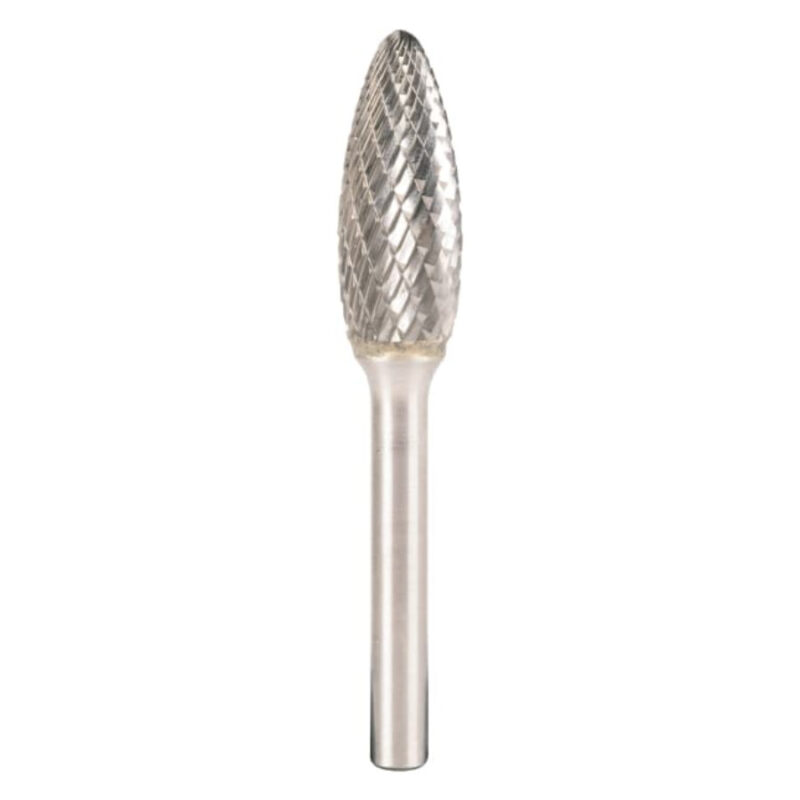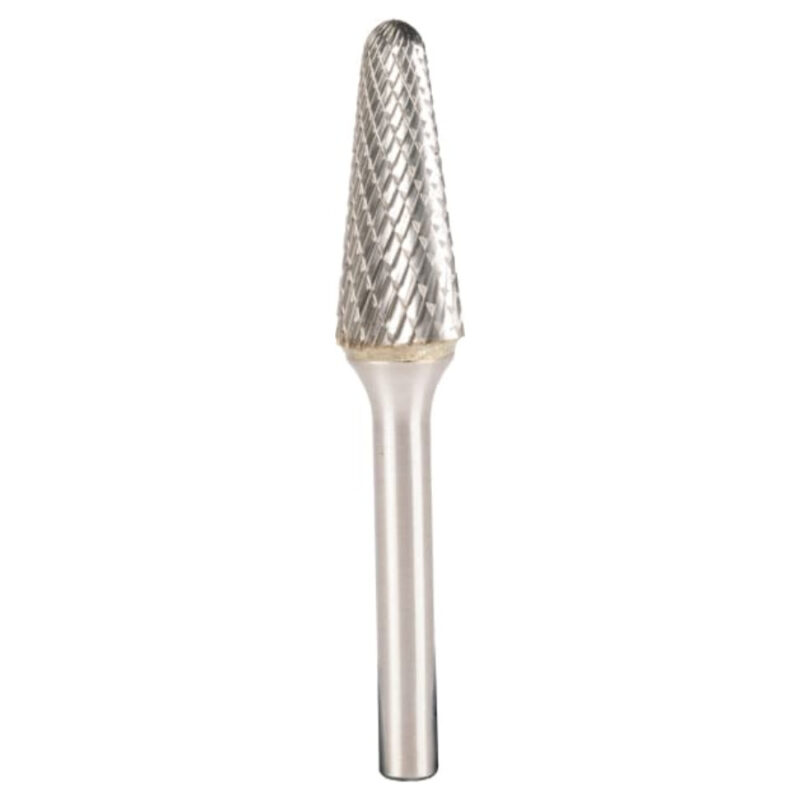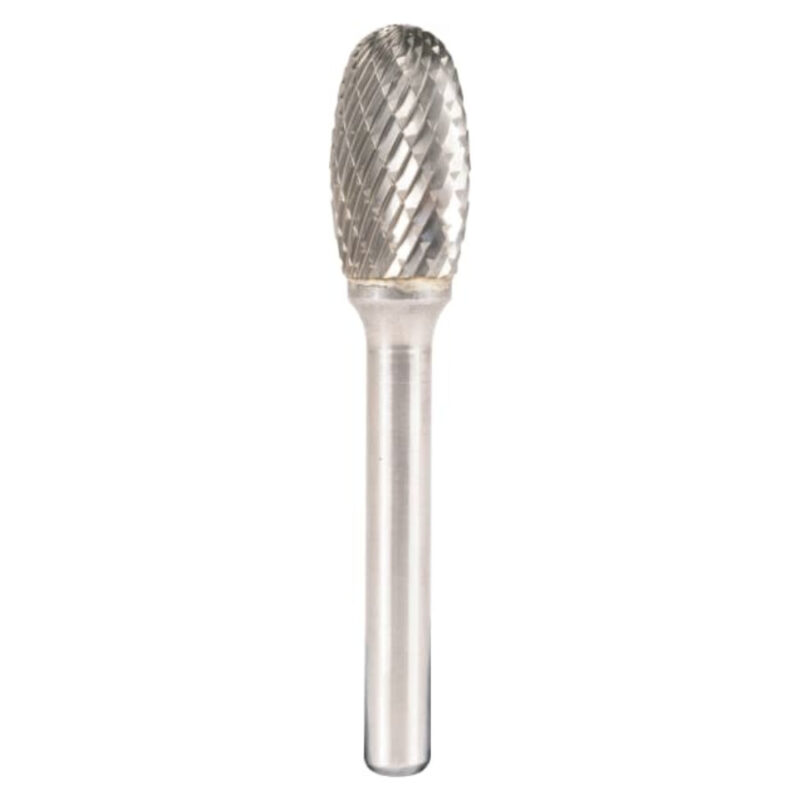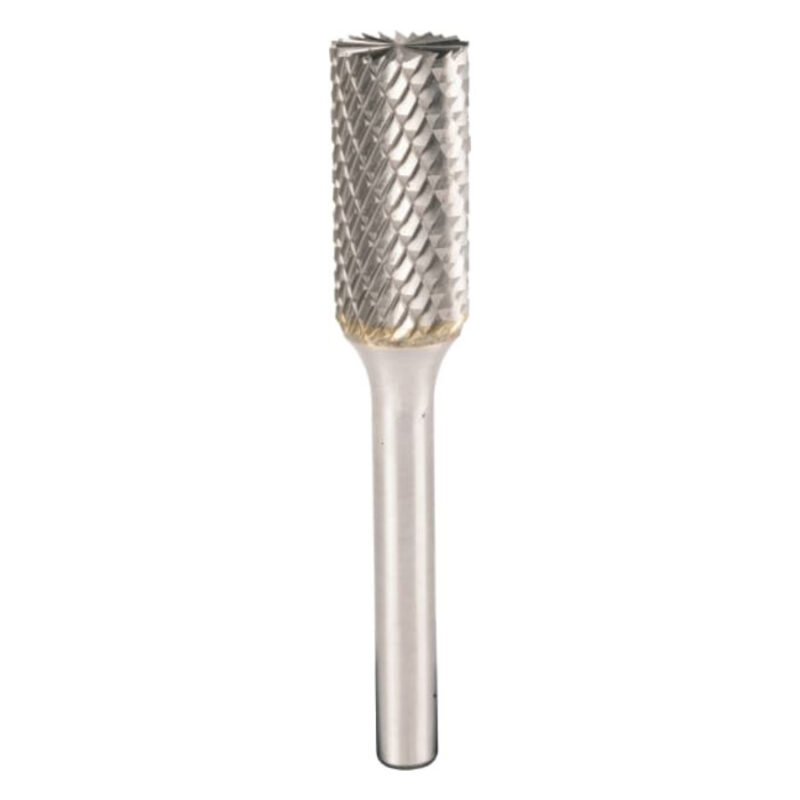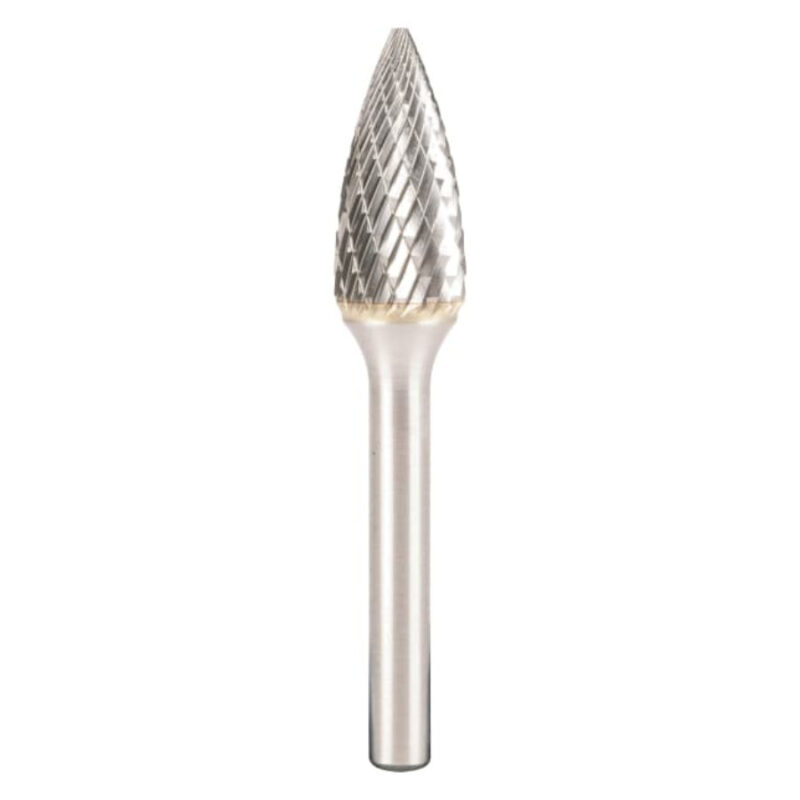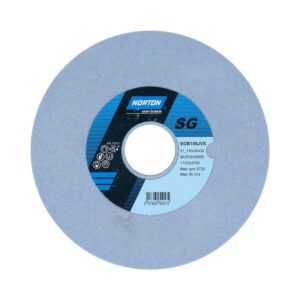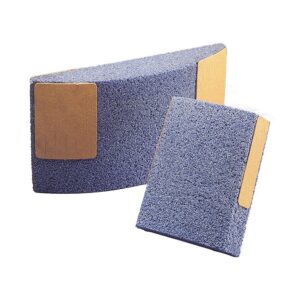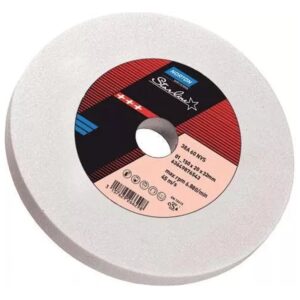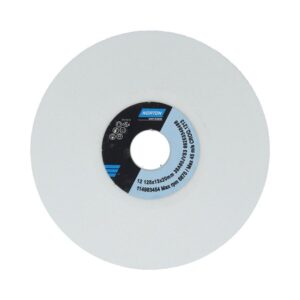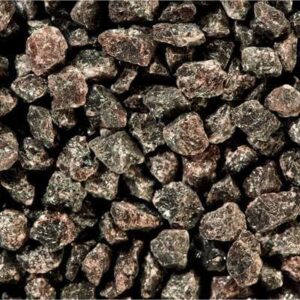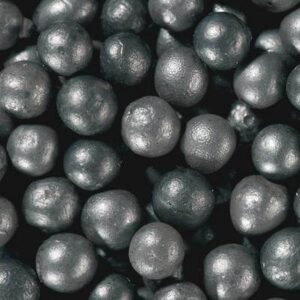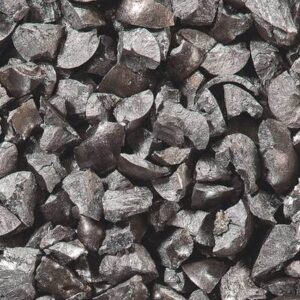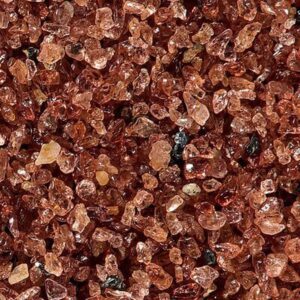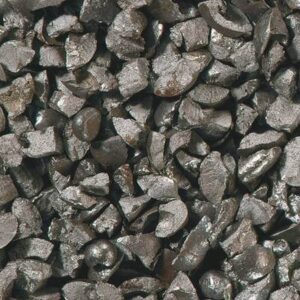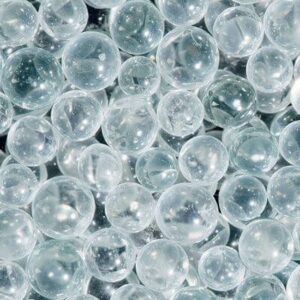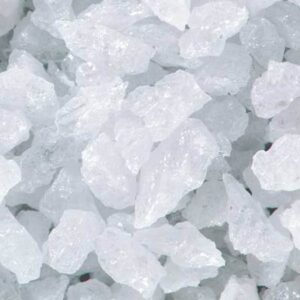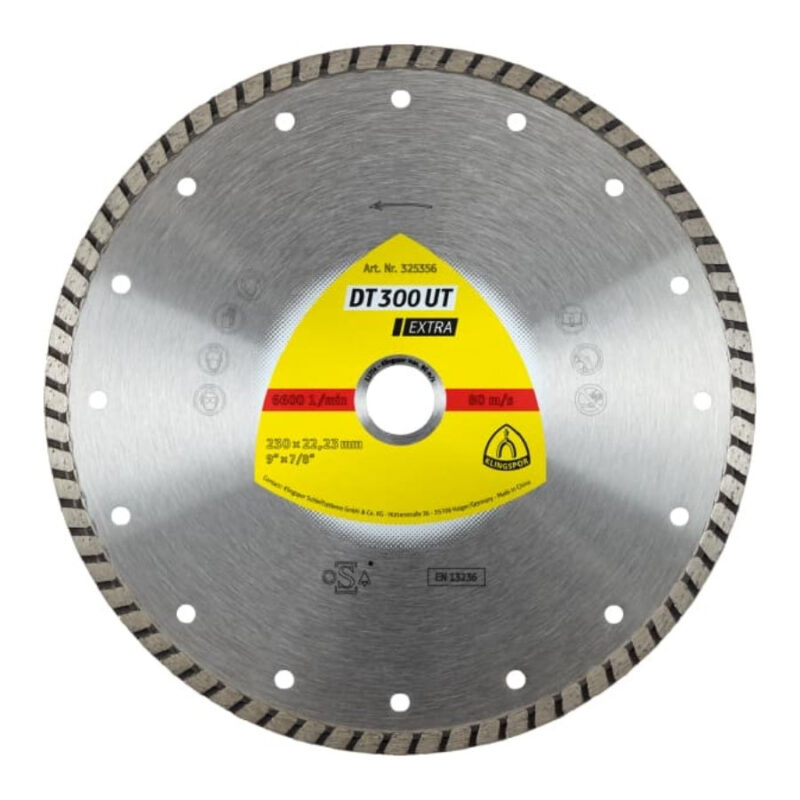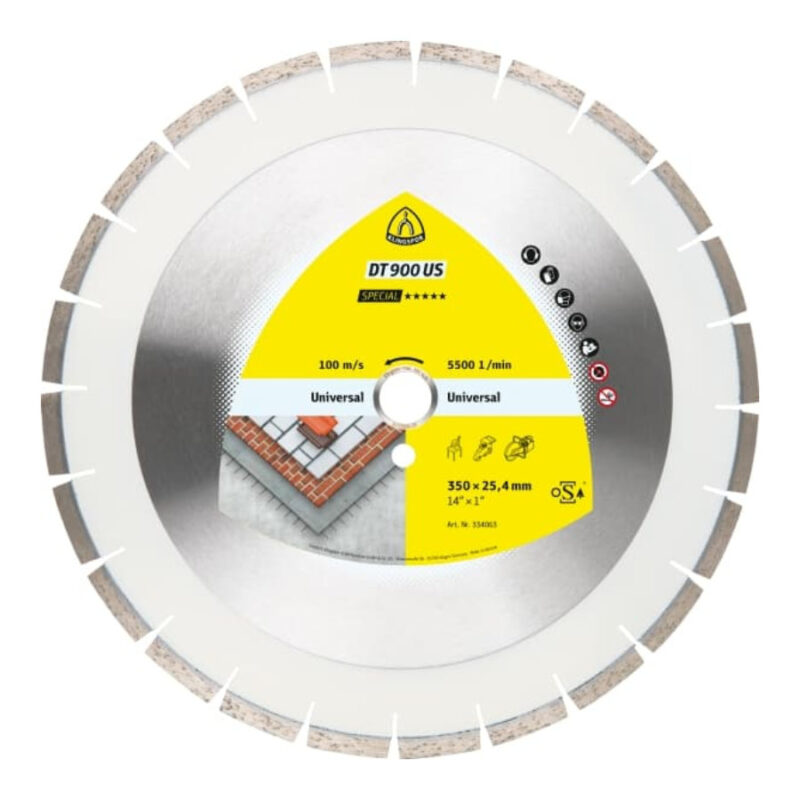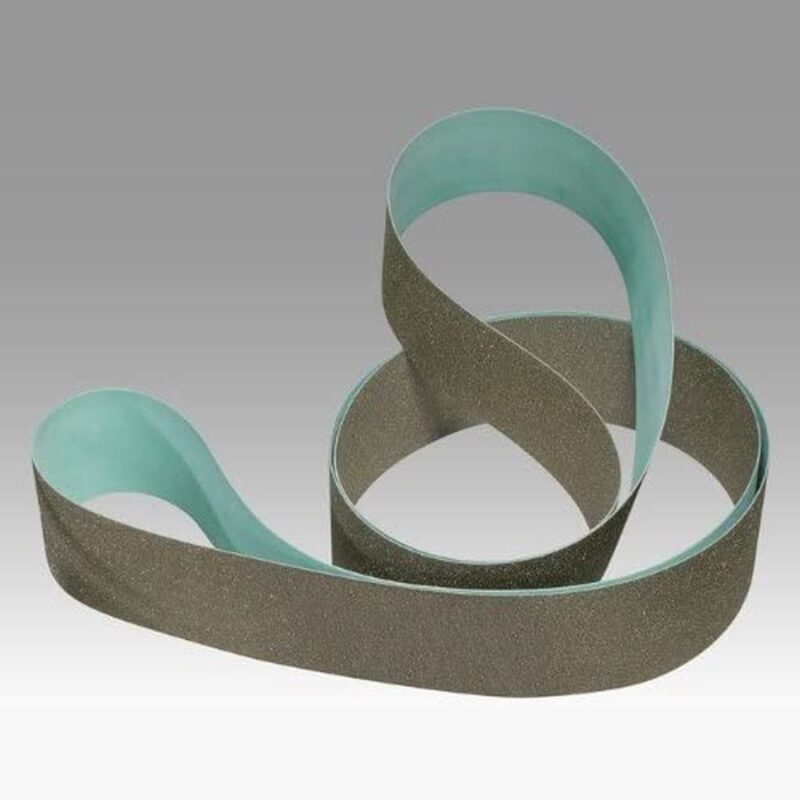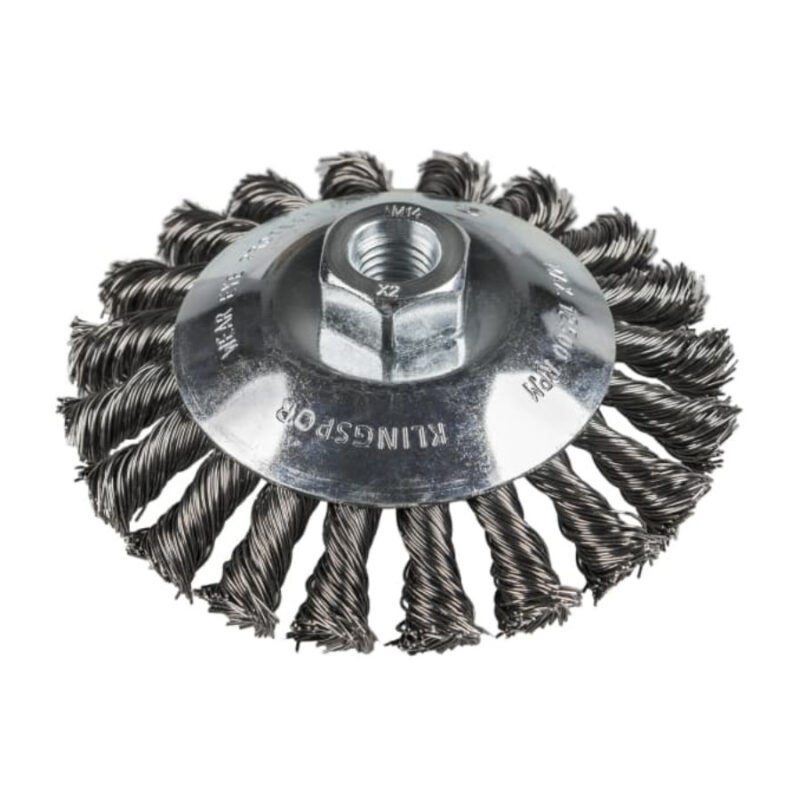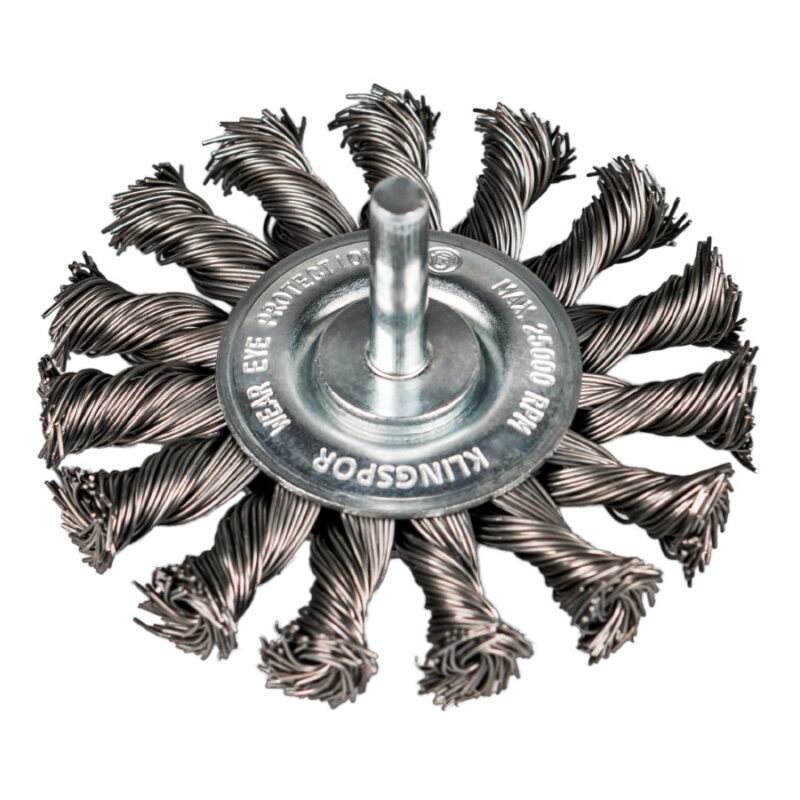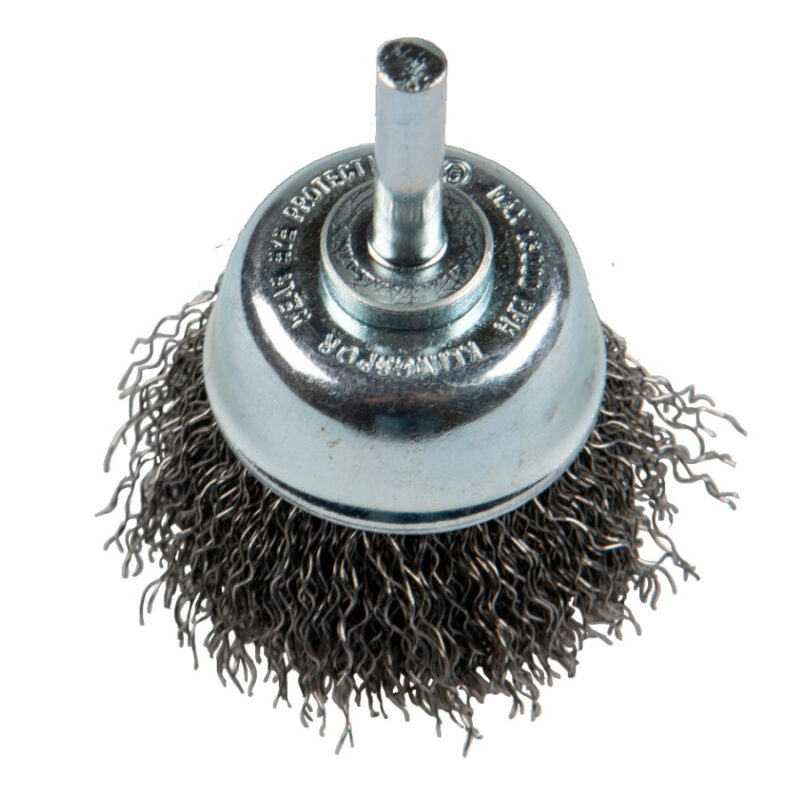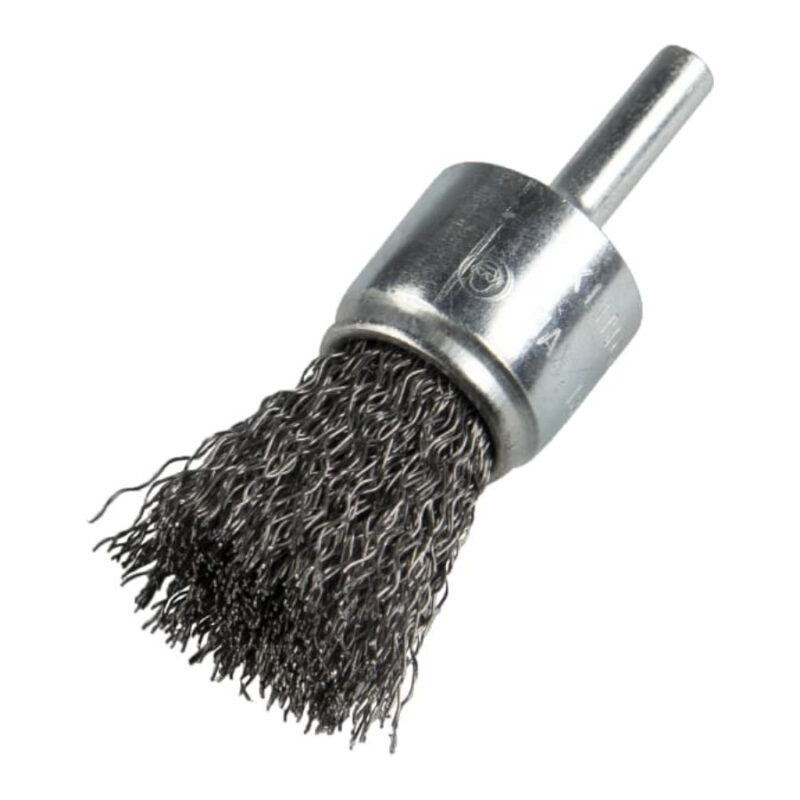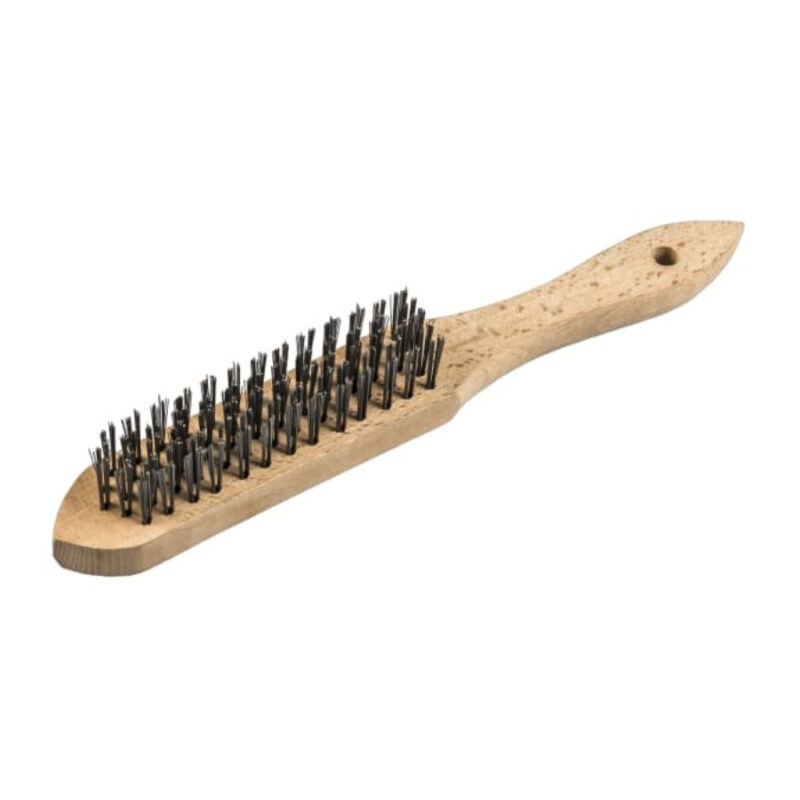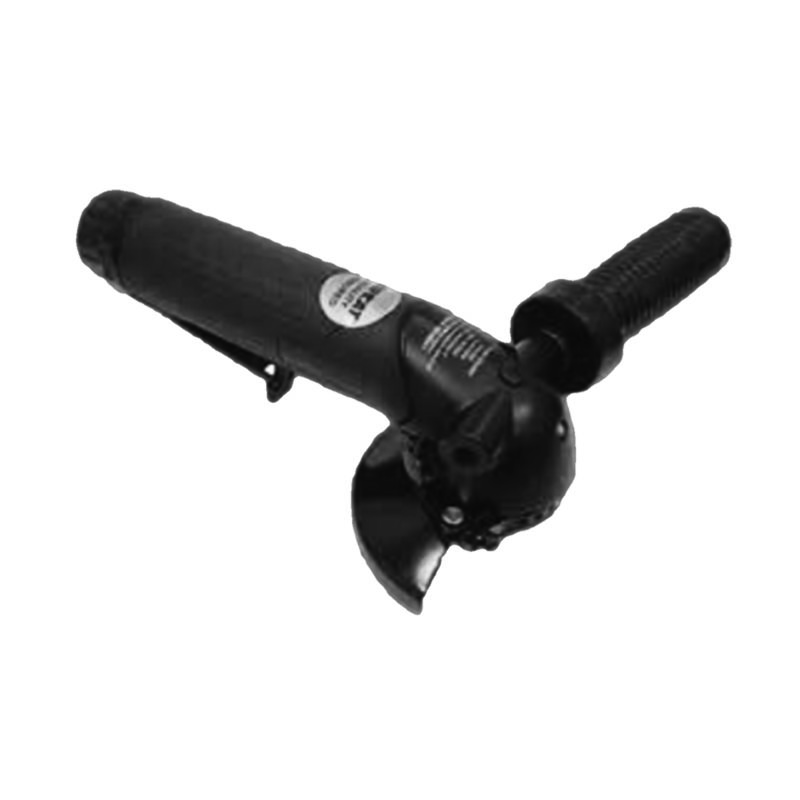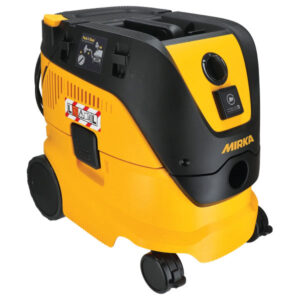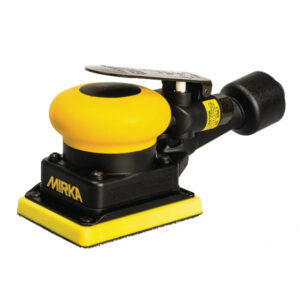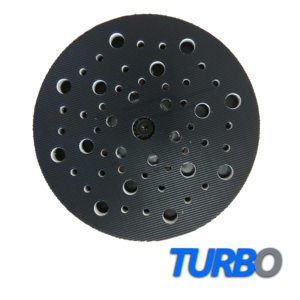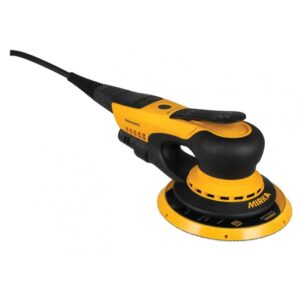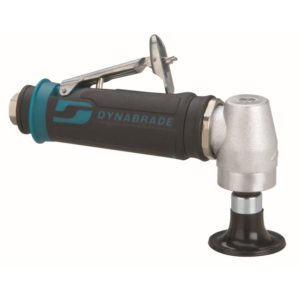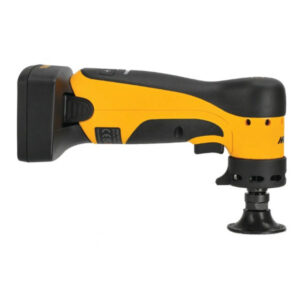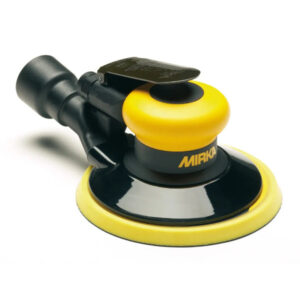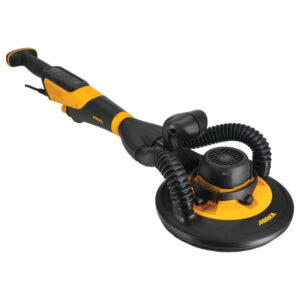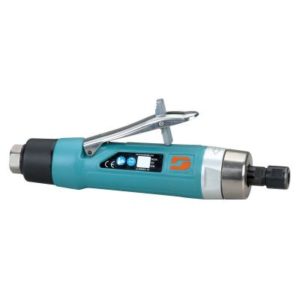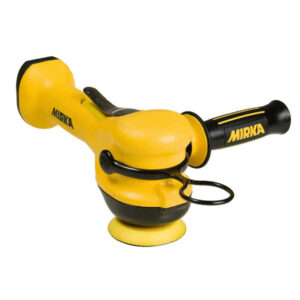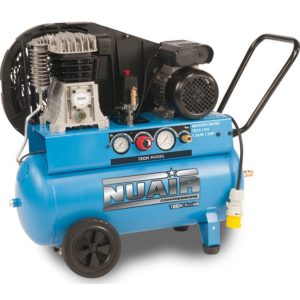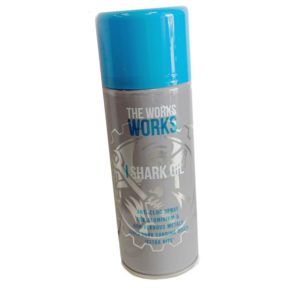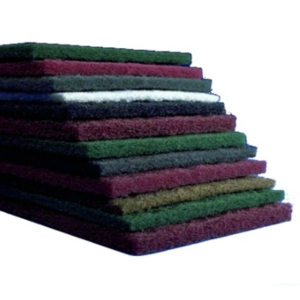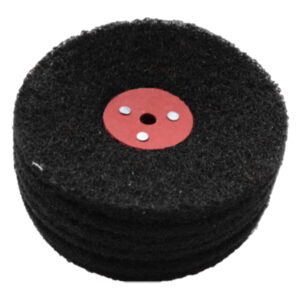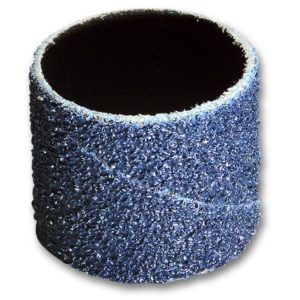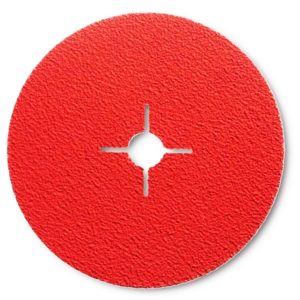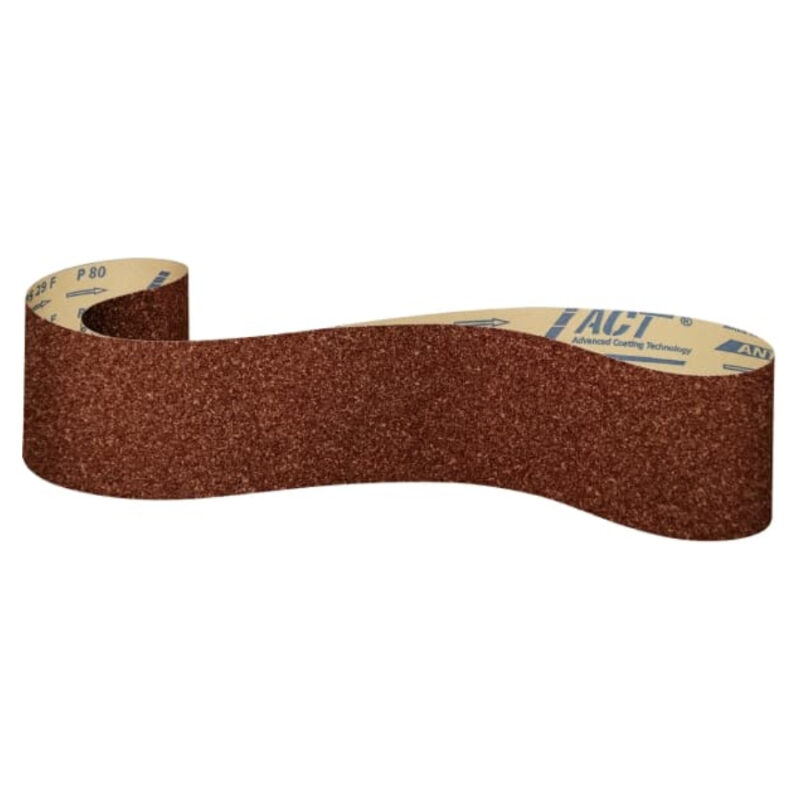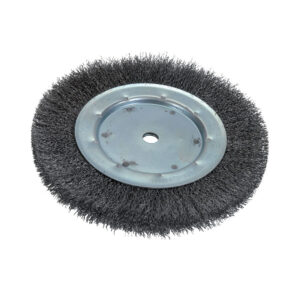Metal Fabrication
The metal fabrication industry is a sector that involves a wide range of activities, including welding, cutting, grinding, and polishing. These activities require the use of various abrasives to achieve the desired surface finish, removal rate, and accuracy.
One of the most common abrasives used in metal fabrication is the grinding wheel. Grinding wheels are used to remove excess material from a workpiece and achieve the desired shape, size, and finish. These wheels come in a variety of shapes and sizes, including straight wheels, tapered wheels, and dish wheels. They are typically made of abrasive particles bonded together with a resin or ceramic binder, and they can be used with a variety of materials, including steel, aluminum, and stainless steel.
Another common abrasive used in metal fabrication is the cutting wheel. Cutting wheels are designed to cut through metal quickly and efficiently, with minimal waste and deformation. They come in various sizes, from small handheld discs to large saw blades, and are typically made of abrasive particles bonded together with a resin or ceramic binder. Cutting wheels are used with a variety of materials, including steel, aluminum, and other metals.
In addition to grinding and cutting wheels, metal fabricators also use abrasive belts, discs, and flap discs to achieve the desired surface finish. Abrasive belts are used for precision grinding, sanding, and polishing, and they come in a range of sizes and grits. Abrasive discs are used for rough grinding and sanding, and they are available in a variety of sizes and shapes, including flap discs, which have overlapping flaps of abrasive material that provide a more consistent finish.
Flap discs are often used in applications where a more aggressive grinding action is required, such as removing rust and paint from metal surfaces. In metal fabrication, flap discs are commonly used to create a grained or brushed finish on stainless steel sheets. The flap disc’s abrasive material is available in different grits, with lower grits (coarse abrasives) used for heavy grinding and higher grits (fine abrasives) used for finishing and polishing.
Metal fabricators also use wire brushes and abrasive pads for cleaning and finishing applications. Wire brushes are typically made of steel or stainless steel wire and are used to remove rust, scale, and other surface contaminants from metal surfaces. Abrasive pads, also known as Scotch-Brite pads, are made of nylon fibers bonded with abrasive particles and are used for cleaning, finishing, and light deburring applications.
Finally, metal fabricators use polishing compounds and buffing wheels to achieve a high-gloss finish on metal surfaces. Polishing compounds are available in a range of grits and consistencies and are used to remove scratches and imperfections from metal surfaces. Buffing wheels are typically made of cotton or wool and are used with polishing compounds to achieve a mirror-like finish on metal surfaces.
In conclusion, the metal fabrication industry relies heavily on abrasives to achieve the desired surface finish, removal rate, and accuracy. Grinding wheels, cutting wheels, abrasive belts, discs, flap discs, wire brushes, abrasive pads, polishing compounds, and buffing wheels are just a few of the many types of abrasives used in this industry. The specific type of abrasive used depends on the application, material, and desired finish, and metal fabricators must carefully select the appropriate abrasive for each job to ensure a quality end result.
